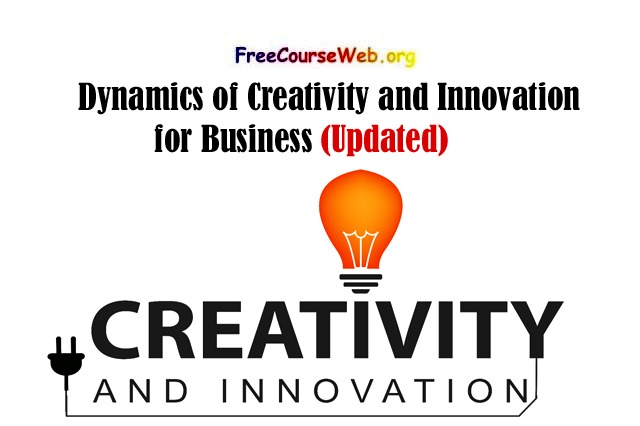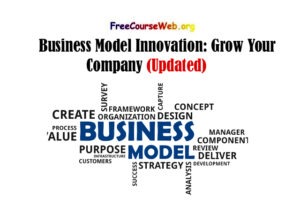Dynamics of Creativity and Innovation In the ever-evolving landscape of business, creativity

Innovation has become an essential ingredient for success. This guide is crafted to provide insights and strategies on leveraging design thinking to foster creativity and drive innovation in the business realm.
Write Better Emails: Team Communication 87%
Practical Leadership Skills: A Guide To Leadership
Dynamics of Creativity and Innovation
Cryptocurrency Wallets: A Comprehensive Guide
1. Creativity Defined:
Creativity is the ability to generate novel and valuable ideas. It involves thinking beyond traditional boundaries and exploring new possibilities.
2. Innovation at its Core:
Innovation is the implementation of creative ideas to create value. It involves transforming concepts into tangible solutions that meet the needs of users or address business challenges.
Embracing Design Thinking as a Catalyst for Innovation
1. Defining Design Thinking:
Design thinking is a human-centered approach to problem-solving that places empathy, ideation, and iteration at its core. It encourages multidisciplinary collaboration to create solutions that resonate with end-users.
2. Key Stages of Design Thinking:
Design thinking typically involves stages such as empathizing, defining the problem, ideating, prototyping, and testing. This iterative process allows for continuous refinement.
Strategies to Foster Creativity and Innovation
1. Cultivating a Creative Culture:
- Nurture an environment where creativity is celebrated and diverse perspectives are welcomed. Encourage teams to share ideas freely without fear of judgment.
2. Empathy in Business:
Understand your audience’s needs, challenges, and experiences whether they are customers, employees, or stakeholders. Empathy forms the foundation for innovative solutions.
3. Cross-functional Collaboration:
Break down silos and encourage collaboration between teams with diverse skill sets. Cross-functional collaboration enhances the pool of perspectives and expertise.
Implementing Design Thinking in Business Practices
1. Customer-Centric Approach:
Prioritize the needs and experiences of customers. Design thinking ensures that solutions resonate with end-users, leading to more successful and impactful innovations.
2. Iterative Prototyping:
Embrace the concept of prototyping to test and refine ideas quickly. This iterative process allows for continuous improvement before a final solution is implemented.
3. Fail Fast, Learn Faster:
Create a culture that views failure as a stepping stone to success. Learning from failures provides valuable insights that contribute to the innovation process.
Challenges in Fostering Creativity and Innovation
1. Resistance to Change:
Overcoming resistance to change is a common challenge. Effective communication and showcasing the benefits of innovation can help mitigate resistance.
2. Resource Constraints:
Limited resources can be a barrier. However, constraints can also fuel creativity by prompting teams to find innovative solutions within given limitations.
Measuring and Celebrating Innovation
1. Key Performance Indicators (KPIs):
Define KPIs that align with innovation goals. These could include metrics related to the speed of idea implementation, customer satisfaction, or revenue growth.
2. Recognition and Rewards:
Acknowledge and reward innovative efforts. Recognition fosters a culture where employees are motivated to contribute their creative ideas.
Continuous Learning and Adaptation
1. Learning from Feedback:
Encourage a mindset of continuous improvement by learning from feedback. Feedback loops are essential for refining and enhancing innovative solutions.
2. Adaptability and Flexibility:
Embrace an adaptive mindset. The business landscape evolves, and the ability to adapt ensures that your innovative strategies stay relevant.
Conclusion
In conclusion, embracing creativity, design thinking, and innovation is not just a strategy but a cultural shift that propels businesses toward success. By cultivating a creative environment, implementing design thinking principles, and adapting to change, businesses can unlock new possibilities and thrive in today’s dynamic landscape.




